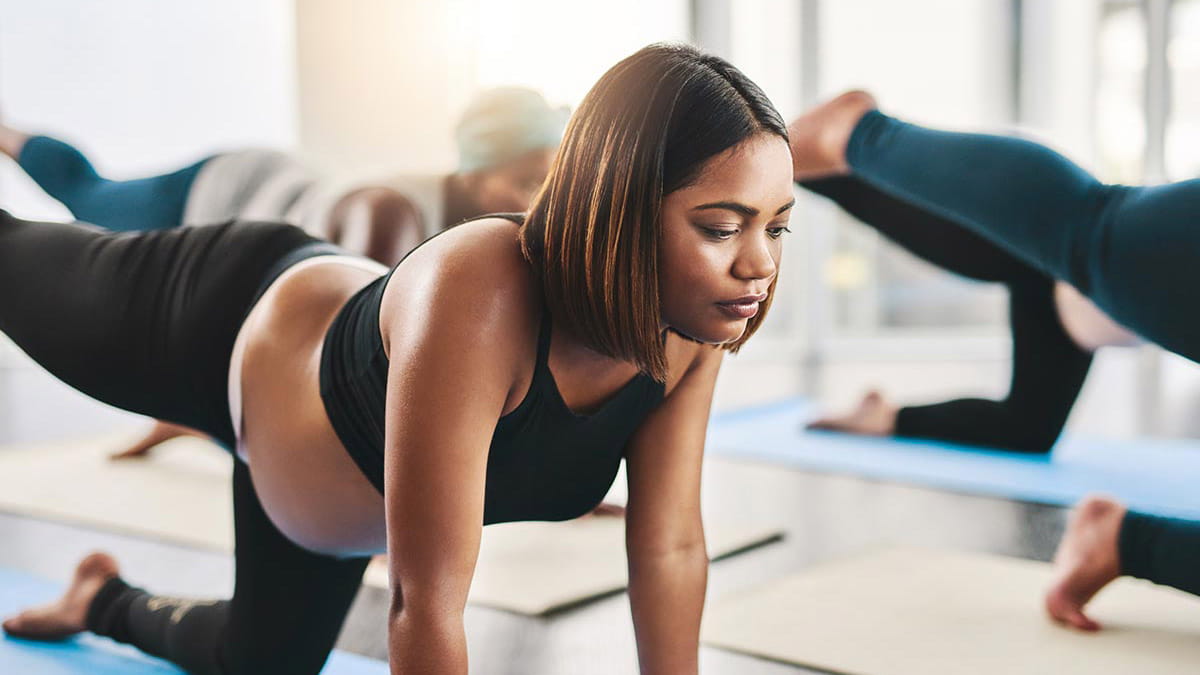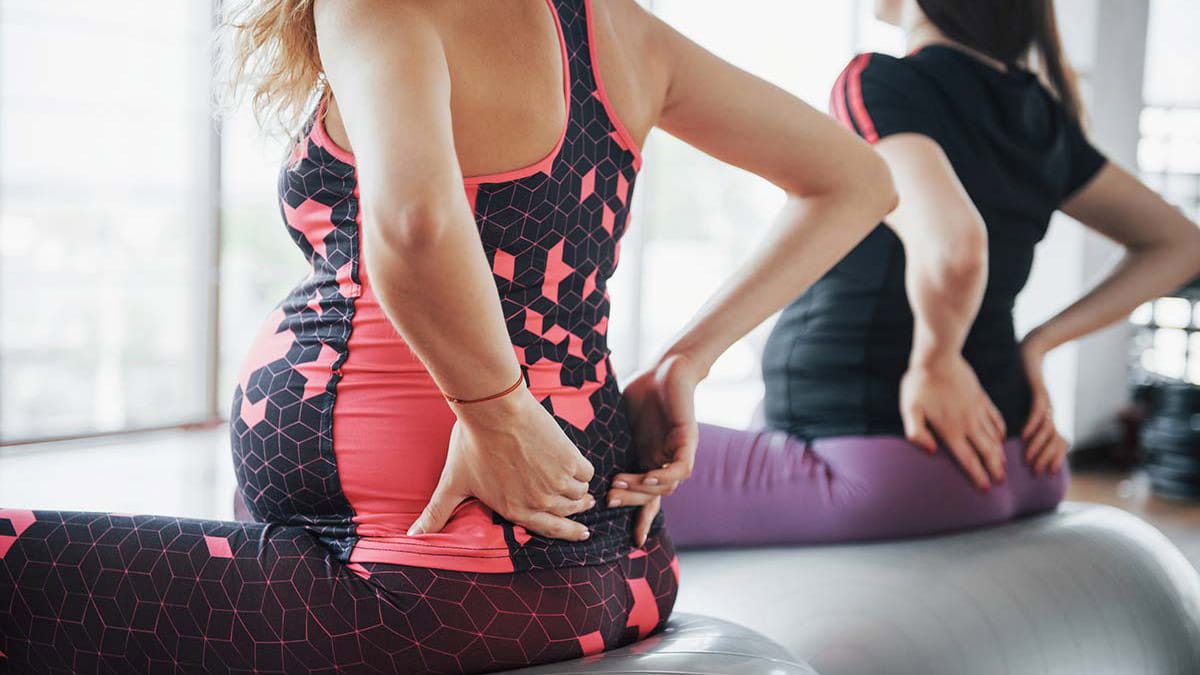Blog article
Physio care for 6 pregnancy aches and pains

Round ligament pain
This pain in the lower abdomen usually crops up in the second trimester and is felt in the lower abdomen/groin area. Many women report that it’s most uncomfortable in transitional movements such as getting up from a chair or in/out of a car. Thankfully it is usually short lasting and tends to disappear within a couple of weeks.
What can help
Some women find that abdominal support (such as shorts or tummy bands with gentle compression) can be helpful, but many women find that movement and gentle stretches can help relieve the pain. Examples of movements that may help include:
- Gently activating your deep abdominal support muscles and/or hugging your lower tummy prior to changing positions
- Hip flexor stretches
- Pelvic tilts can also provide relief
Pubic symphysis
Often described as being “stabbed in the groin by a knife,” this pain can start any time in pregnancy, but often occurs in the second trimester. Typically, activities such as walking, standing on one leg, getting in/out of a car, rolling in bed and going up/down stairs will aggravate the pain.
What can help
A physiotherapist can help with education on how to modify exercises and activities. Common tips include:
- Keeping your knees together when rolling in bed
- Sitting down to put shoes and socks on
- Minimising exercises standing on one leg
Manual therapy (for example, massage and joint mobilisation), dry needling and the use of support belts can all be beneficial for relieving pain.
So too can exercise therapy, including modified yoga or Pilates and hydrotherapy. As with any pain, it’s recommended to seek the help of your healthcare provider.
Sacroiliac joint (SIJ)
This is often described as “a pain in my butt” or “sciatica” and tends to be aggravated by similar movements as pubic symphysis.
What can help
A physiotherapist can help you find positions and movements that are more comfortable for you. This might include using pillows to support your top leg when sleeping (which can help to reduce night pain) or modify everyday exercises and activities around the house to make them less painful.
Like with pubic symphysis pain, hands-on treatment and support belts can help. Most women with SIJ pain benefit from strength training, so seeing your physiotherapist for an individualised program is ideal.

